

Max Davies
2026 GWM Cannon Ultra review
5 Days Ago

Senior Road Tester
The Roma is the latest grand tourer to emerge from iconic Italian car manufacturer Ferrari, bringing with it an entirely new design language.
It might be based on the same platform as the Portofino, but the Roma boasts 70 per cent new components with an emphasis on weight reduction. To that effect it tips the scales at 1570kg, or 94kg less than the Portofino.
The Roma takes inspiration from legendary cars such the Ferrari 250 GT Lusso and 250 GT 2+2 with its fastback shape, curvaceous lines, and shark-nose grille.

The new linear headlights give the Roma a completely different character to its stablemates, and offer a nod to the Monza SP cars from the Ferrari Icona series, inspired by the likes of the 750 Monza, 250 Testarossa, and 166 MM.
To properly accentuate those smooth sides, the lack of Ferrari badging on the front three-quarter panels is conspicuous (predictably, they’re an option), as is the purity of the car from the rear, helped by an active spoiler integrated into the rear screen itself.

Don’t bother trying to raise it with a button on the dash because there isn’t one. It only activates at 100km/h and can deploy in three different positions depending on what’s required.
Just for the record, the Roma generates 95kg more downforce than the Portofino thanks vortex generators on the front underbody, as well as the active rear wing – both of which help balance the car. Interestingly, there’s only a minimal increase in drag at the front end.
The rear design treatment of the Roma is more contemporary than anything we’ve seen from Ferrari, highlighted by its sleek, gem-like twin taillights and capped off by a compact diffuser housing quad exhaust tips. It’s a massive departure from what we’ve seen in more contemporary times from the Italian carmaker.

While it probably won’t be to all tastes, Ferrari is hoping the Roma appeals to new buyers, as well as those looking at cars such as the Aston Martin DB11,.
Step inside the Roma and you’ll experience a cockpit design like nothing you’ve ever seen from Ferrari. It’s revolutionary from the brand, and offers a window into the cockpit of future models.
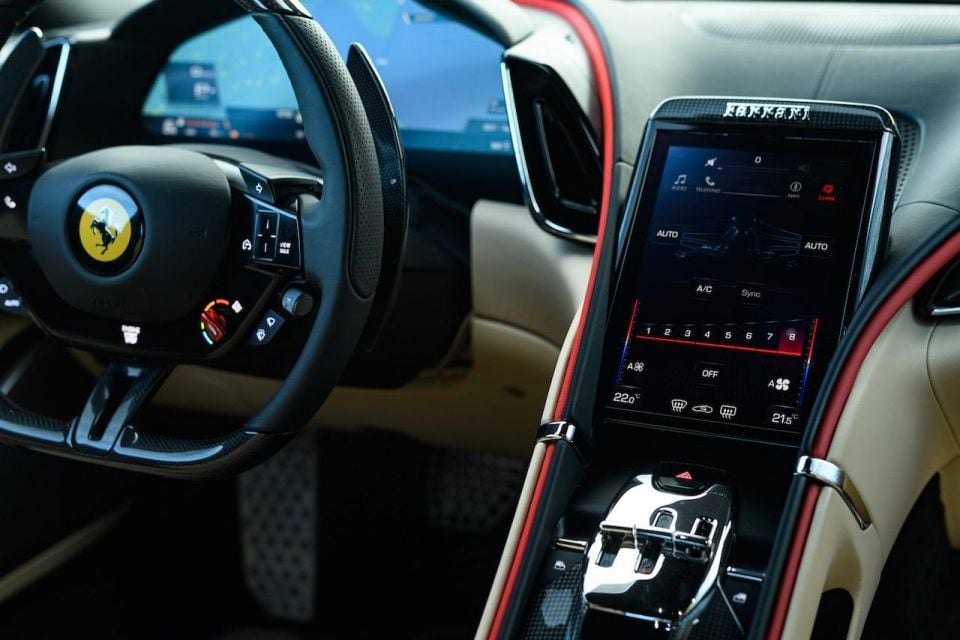
The entire cabin has been transformed with digital cockpit allowing the passenger be closer to the action thanks to a larger passenger-side screen than in other Ferraris we’ve seen, including the 812 Superfast.
For the Roma, there are virtually two separate cells within the cabin. According to Ferrari that makes the passenger more of a co-pilot given there’s digital instruments for both driver and passenger. The driver’s display is an enormous 16-inch curved screen, which is fully customisable and crystal clear.
There’s also a new flat-bottomed steering wheel, featuring a Manettino switch and the usual five positions. All the buttons on the wheel are backlit, as is the new haptic touch pad that also includes the start/stop button.

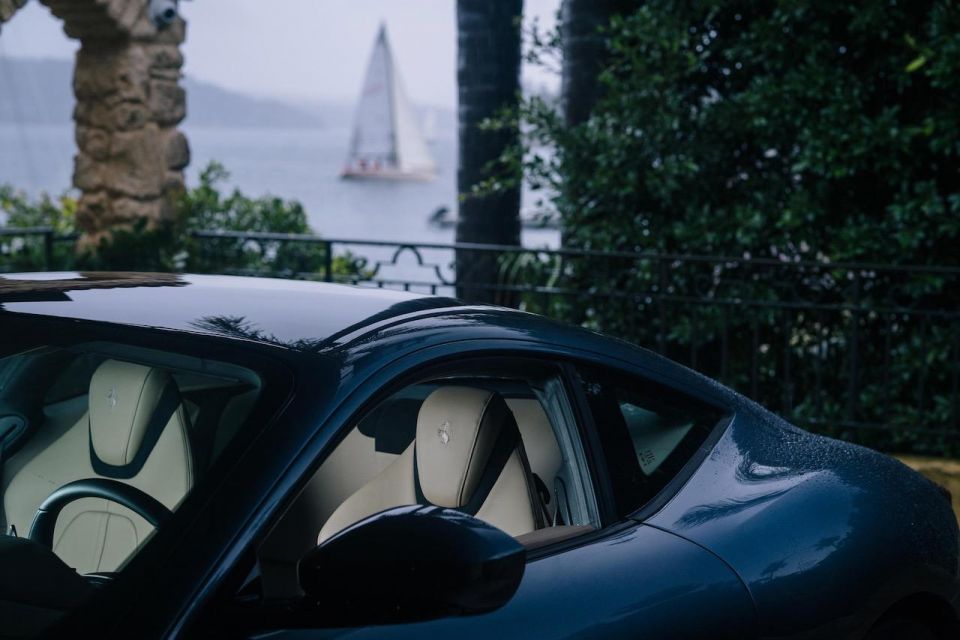


The optional 8.4-inch centrally-mounted touchscreen is another first for Ferrari, and incorporates infotainment functions such as satellite navigation, climate control, music, and phone.
Underneath, there’s also a cool shifter gate under the centre screen in a nod to earlier Ferrari’s – only this one is digital, but still allowing manual shifts all the same.
Also optional is the passenger’s 8.8-inch full-colour touchscreen, which can do most of what the central one manages, but also has live performance figures.
Under the bonnet lies Ferrari’s proven 3.9-litre twin-turbo V8 making 456kW of power between 5750 and 7500rpm, and 760Nm of torque from 3000 to 5750rpm.

It’s mated with Ferrari’s new eight-speed dual-clutch transmission, which is 6kg lighter than its seven-speed predecessor and derived from that used on the SF90 Stradale.
The Ferrari Roma also boasts variable boost management software that adjusts torque to suit the particular gear selected, for a more linear torque curve in lower gears.
The effects of this system allow the torque to be increased as you go up through the gears, all the way up to the Roma’s peak of 760Nm in seventh and eighth gear. It makes for longer ratios in the higher gears, which minimises fuel consumption and emissions while providing a steeper torque curve in lower ratios.
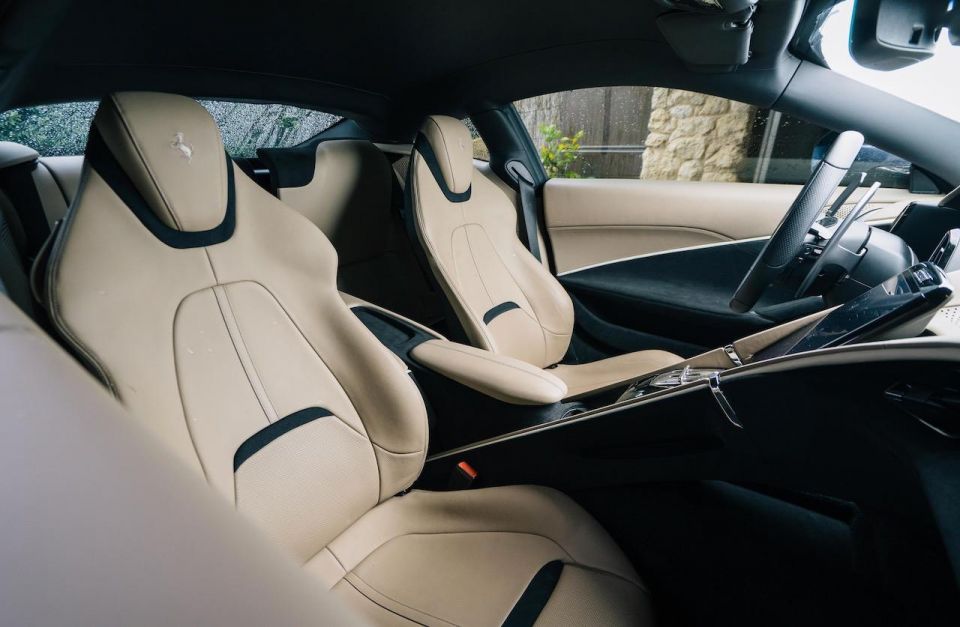
Even the noise of the Roma is different from its Ferrari siblings with the same engine. There’s more resonance a lower revs thanks to the removal of two rear silencers, which is said to reduce back pressure in the exhaust tips.
Top speed is north of 320km/h, while the Ferrari Roma can accelerate from standstill to 100km/h in a scorching 3.4 seconds and from 0-200km/h in a stupefying 9.3 seconds.
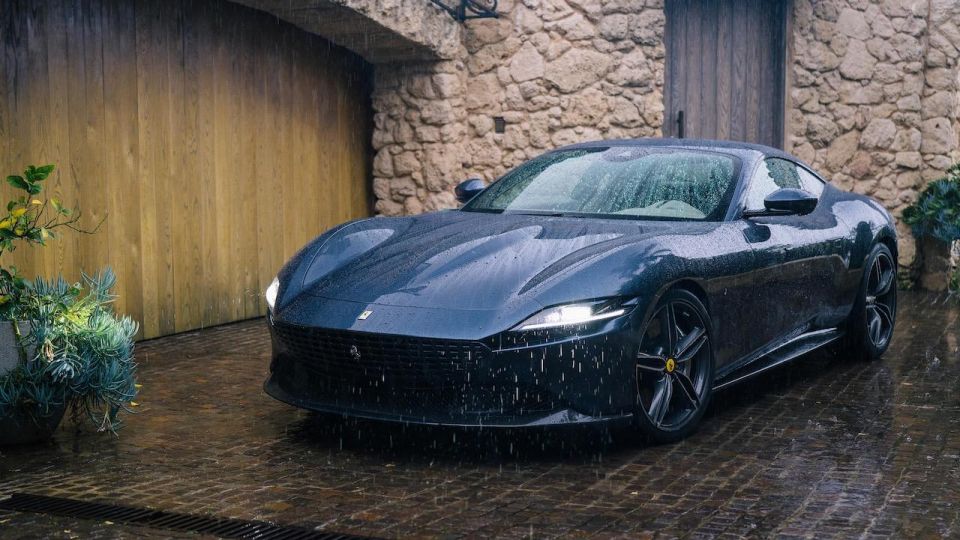
The Ferrari Roma is priced from $409,888 before on-road costs, whereas the related Portofino convertible is priced from $398,888.
Ferrari buyers enjoy seven years of free scheduled servicing, too.
Where expert car reviews meet expert car buying – CarExpert gives you trusted advice, personalised service and real savings on your next new car.


Max Davies
5 Days Ago


Josh Nevett
4 Days Ago


Max Davies
4 Days Ago


Max Davies
2 Days Ago
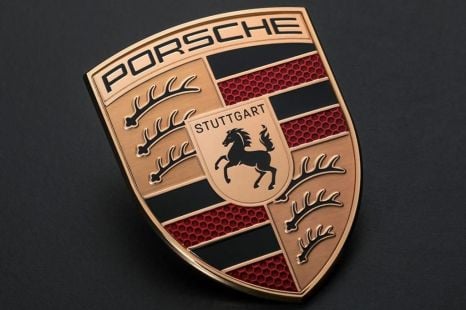

Damion Smy
2 Days Ago


Neil Briscoe
1 Day Ago